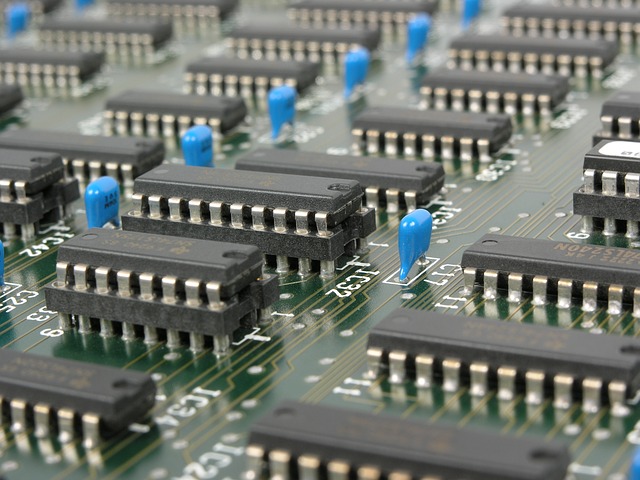 EMERGING TECH
EMERGING TECH
 EMERGING TECH
EMERGING TECH
 EMERGING TECH
EMERGING TECH
Installing smart light bulbs in an office is a fairly trivial task. Deploying several thousands of them in a factory, on the other hand, is an entirely different proposition.
The complexity of such large-scale projects represents an obstacle to connected-device adoption that Intel Corp. has set out to remove. At the center of the chip giant’s plans is Secure Device Onboard, a new service that was unveiled this morning.
The offering is based on a security algorithm called Enhanced Privacy ID, or EPID for short, that Intel had originally developed for use in personal computers and servers. The chip maker is now positioning the technology as a means of providing protection against cyberattacks. EPID can be used to let endpoints connect to a company’s servers without giving away certain key information, which makes it tricky for hackers to target them.
Many of the connected gadgets currently in use don’t enjoy such security. In the enterprise, the reason is that there often aren’t enough resources to set up every endpoint adequately. Moreover, some companies use hard-coded device onboarding workflows that can be difficult to maintain and require at least some amount of manual input, which opens the door to human error.
Secure Device Onboard promises to streamline the process. According to Intel, the service offers software development kits that hardware makers and other partners can use to automate installation for customers.
The chip maker claims that Secure Device Onboard practically eliminates the need for manual configuration. After powering up for the first time, an endpoint that uses service can automatically connect to the relevant servers, perform authentication using EPID and then register itself. The entire process takes only a few seconds.
Intel hopes that the prospect of easing configuration for customers will lead hardware makers to adopt Secure Device Onboard. Moreover, the offering’s use of EPID is a potentially major selling point in and of itself. Connected devices too often represent an easy target for hackers, which should make the service’s authentication features appealing to many manufacturers.
Several cloud providers have joined the fray as well in the hopes that enterprises will eventually use their platforms to manage devices powered by Secure Device Onboard. Amazon.com Inc., Microsoft Corp. and Google LLC, the three biggest players in the infrastructure-as-a-service market, all intend to add support for the offering.
THANK YOU